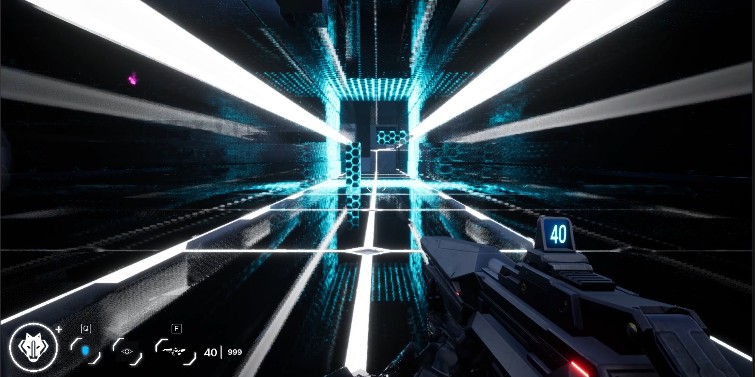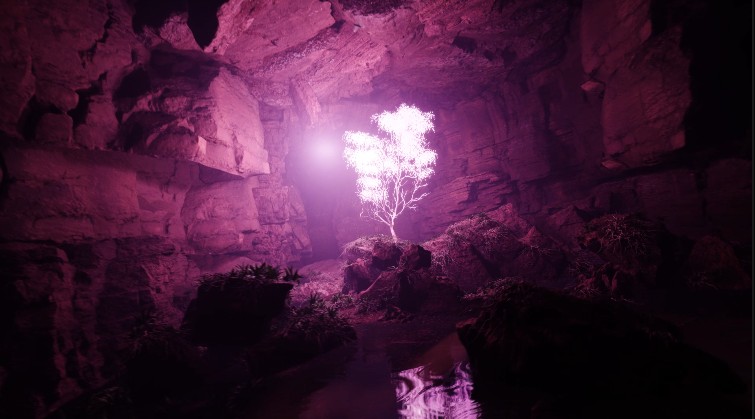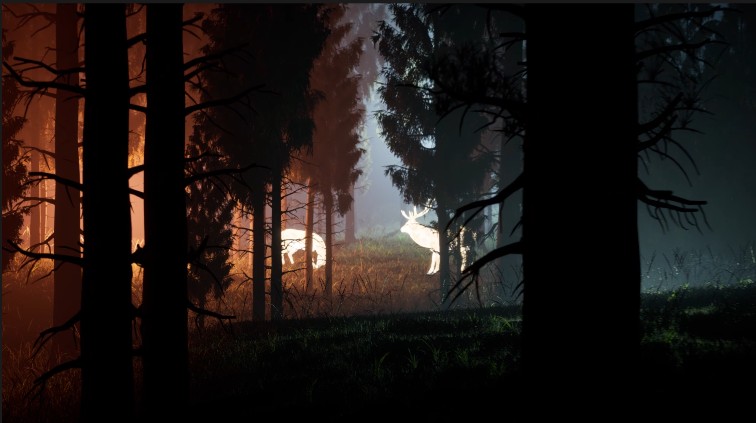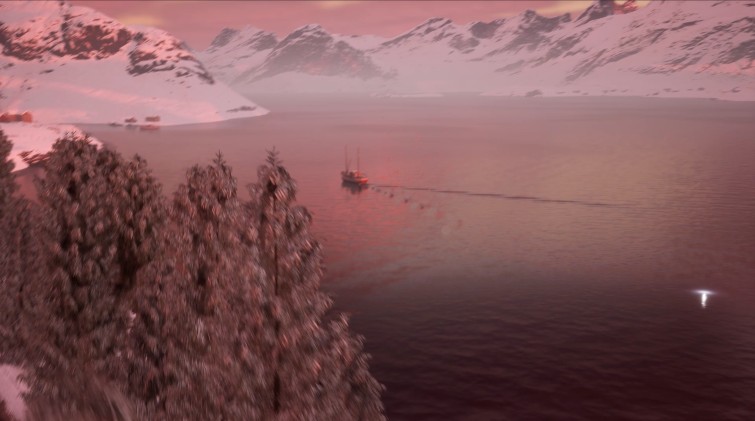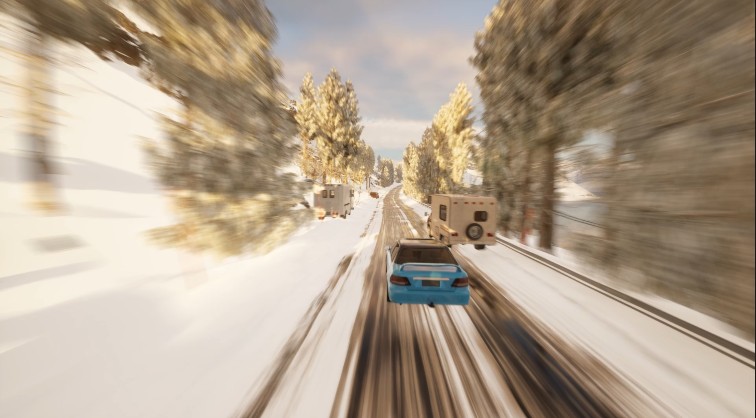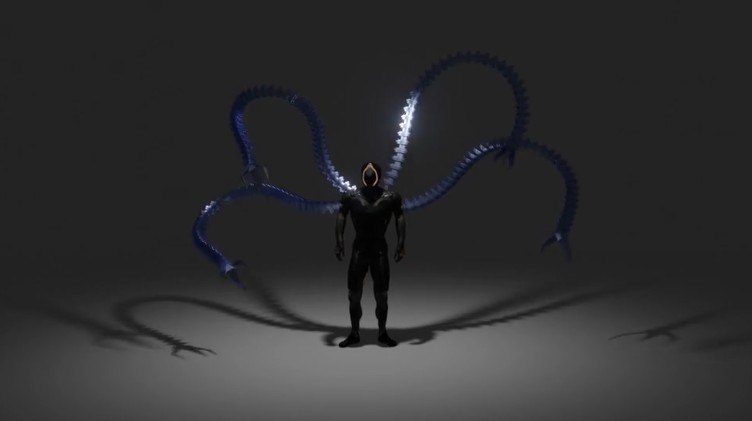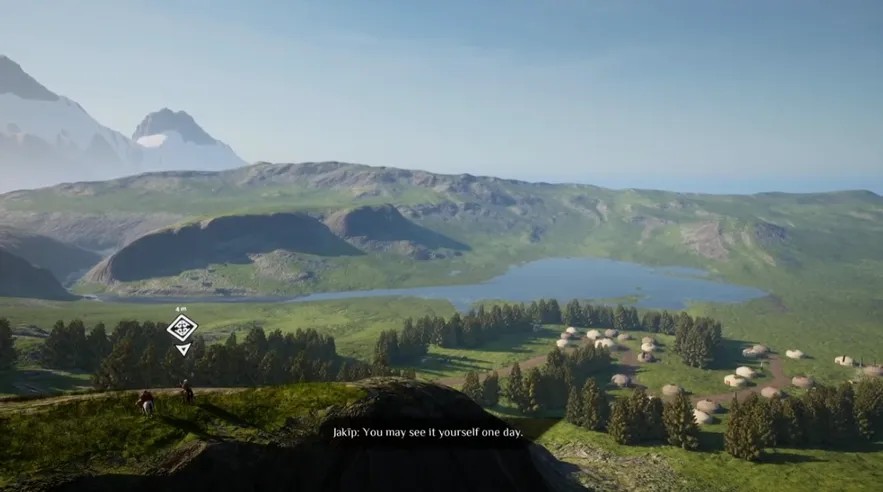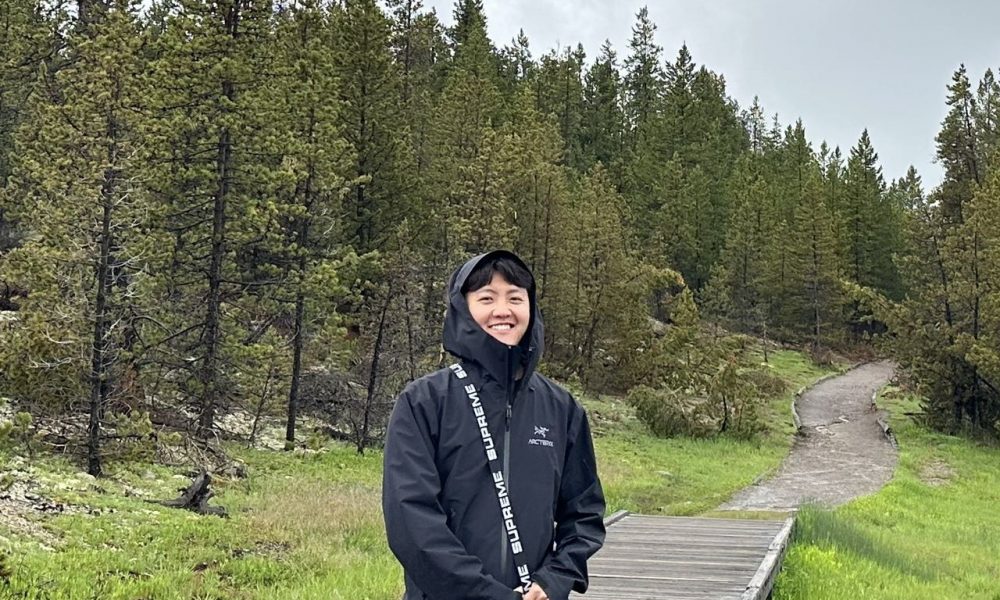

Today we’d like to introduce you to Kerry Zhang.
Hi Kerry, so excited to have you on the platform. So before we get into questions about your work-life, maybe you can bring our readers up to speed on your story and how you got to where you are today?
Ever since I was a little kid, I’ve had this dream of becoming a game designer. It all started with card and board games with my buddies. On weekends, you’d find us at the park, huddled around a bench or pavilion, losing track of time playing card games till dusk settled in. Then, when I was just seven, my family got our first computer, and that’s when my whole world changed. I got hooked on the virtual universe of computers, and suddenly, my love for card games shifted to virtual video games.
I’ll never forget that first game I played – a simple fishing game. You’d hit the spacebar when there was a fish beneath your boat, and you would catch a fish by lowering your hook. It was mind-blowing how the game responded to your actions. It was like a whole new way of interacting.
As I delved deeper into gaming, I discovered these incredible game worlds and content. Questions started bubbling up in my mind: How are these games made? How do characters move? How does a dragon breathe fire? Why do we love playing games so much? That’s when the dream of being a game designer took root in my heart. It grew alongside my insatiable curiosity.
Then came a point when I couldn’t ignore it anymore. I couldn’t just sit back and wonder; I had to understand how it all worked.
In my sophomore year of high school, I was determined to learn game development. I looked through my school’s curriculum and even talked to my counselor, hoping there might be something related to game design. Unfortunately, they didn’t have much to offer in that area. That’s when I set my sights on a bigger institution, like the community college nearby. It turned out to be a stroke of luck. Berkeley Community College had just launched a game program, and I eagerly signed up for my very first game design course. I was lucky to meet some fantastic game professors.
For the next two years, I was dual-enrolled in high school and BCC, soaking up all the game courses I could. It was a whirlwind, but it prepared me well. By the time I graduated, I had earned a spot in the game program at the University of Southern California, the top-ranked program in the nation. It felt like a dream come true.
We all face challenges, but looking back would you describe it as a relatively smooth road?
During my junior year in high school, my schedule was quite hectic. Weekdays were packed with volunteer work, Track and Field practice, and my part-time job. Some days, I even had to rush off to BCC right after school, which meant a half-hour Bart ride to another city. I’d get back home around 10 p.m., and that’s when I could finally tackle my high school homework. Admittedly, staying awake in class was a bit of a struggle, but luckily, my teachers were understanding.
Navigating my BCC experience was quite a challenge. I’ll admit, I even showed up late for my first class! I was nervous, hoping my instructor wouldn’t hold it against me. Stepping into the classroom, I was surrounded by students ranging from their twenties to forties. I felt a bit out of place, not knowing anyone as a 15-year-old kid and feeling too overwhelmed to speak up. On top of it all, I had zero knowledge of game design. When it came time to pair up and create a game, my group members started asking about specialties and preferences. I drew a complete blank and felt a wave of embarrassment wash over me.
Fortunately, the professors were quick to offer some tutorial recommendations and software guidance. This meant hours spent watching tutorials and practicing with Unreal Engine in my free time. And just like that, my game development journey kicked off.
Looking back, I realize that struggling through those initial stages was where I really learned the skills. I had a tough time with everything from sketching level maps to building environments and writing documents. But my teammates were incredibly supportive and kind. As I went through these unfamiliar tasks, I discovered they weren’t as hard as they seemed. This experience not only enhanced my confidence for future projects but also laid the groundwork for my personal projects beyond the classroom.
Thanks – so what else should our readers know about your work and what you’re currently focused on?
I’m a game designer with expertise in game development, technical art, and video game production. In addition to my game design major, I’ve also pursued a minor in Technical Game Art, which covers modeling, rigging, and animation. This has been instrumental in helping me communicate and collaborate effectively with artists on projects. I’ve also taken a minor in Video Game Production, which involves managing project timelines and fostering positive working relationships with team members.
All of this has been building towards my ultimate goal: creating my own indie game and starting my own business. I’ve been working on my game for nearly two years now, starting back in my freshman year at USC. I’m incredibly proud of the progress we’ve made as a team, and it’s been a learning experience for everyone involved.
What sets me apart is my commitment to learning and my willingness to seek advice from others. Starting from scratch with no prior knowledge, I deeply appreciate those who helped me along the way. Now, I’m not only eager to continue learning but also to share my knowledge with those around me. This, coupled with my diverse skill set and experiences, gives me the confidence to take on this new journey.
In terms of your work and the industry, what are some of the changes you are expecting to see over the next five to ten years?
I foresee a continued and robust expansion in the game industry over the next 5 to 10 years, thanks to ongoing technological advancements. Improvements in computer GPU and CPU capabilities will undoubtedly elevate the quality of video game graphics. Additionally, I am confident that games hold substantial potential for application in various other fields, including education and healthcare. I also hope the game industry can avoid the crunch and will have this kind of trend, “Least working time on the worst graphic game with the most people paid the highest”.
Contact Info:
- Website: https://kerryzgames.com/
- Instagram: https://www.instagram.com/kerryz066/
- Linkedin: https://www.linkedin.com/in/kerry-zhang-4a33b722a/
- Twitter: https://twitter.com/DogPunk6
- Youtube: https://www.youtube.com/@dogpunk5725
